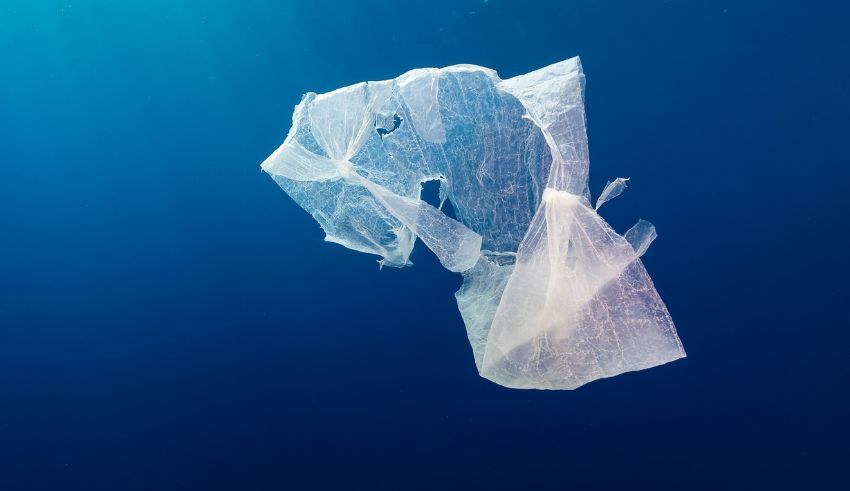
Malaysia is having to deal with the invisible threat that microplastics represent more and more. Malaysians are eating these tiny particles—less than five millimeters—at startlingly high rates as compared to other countries. This condition seriously endangers not only the ecology but also the health of the general people.
An All Around Issue
Among the various sources of microplastics include the breakdown of bigger plastic garbage, synthetic fibres from clothing and personal care goods, and even the air we breathe. These tiny particles seep into all portion of the surroundings. Their inclusion into the food chain in Malaysia is particularly alarming. Everyday use of microplastics is spreading from the depths of the ocean to agricultural fields.
Offenders are salt and seafood
The dependence of Malaysians on seafood has unintentionally made eating microplastics a daily habit. Studies reveal that important staples of the Malaysian cuisine, fish and shellfish, are rich in these particles. This worries me especially because a lot of Malaysians get their protein mostly from fish. The body is also exposed to microplastics every time one sprinkles salt from Malaysian seas.
Relevance to Health
While further research is needed, early findings point to serious issues like inflammation, changes in the endocrine system, and maybe cancer concerns. Microplastics may carry dangerous materials and toxins that, after consumption, may seep into the body. An ongoing exposure may have serious long-term consequences, hence quick action is required. The buildup of these particles in the body over time, which results in challenging-to-treat chronic health problems, particularly worries scientists.
What Befalls Nature
Environmentally, microplastics have similarly alarming effects. The marine life of Malaysia is one very endangered component of its biodiversity. Physically damaging microplastics can kill or starve marine life by obstructing their digestive systems. An disruption of the ecological balance might affect the whole food chain.
Keep Reading
An Inspiration to Take Action
Malaysia needs to deal with this head-on. This entails deploying cutting edge recycling technologies, raising public awareness, and implementing strict waste management rules. Important first efforts are less single-use plastics, promotion of biodegradable substitutes, and improved cleanup techniques. To cut back on plastic consumption and stop more environmental damage, the public, companies, and government must unite. Education campaigns can influence consumer behaviour and promote environmentally friendly habits.
World Government
A part of a worldwide movement, Malaysia is fighting microplastics. Fighting this widespread issue will need international cooperation. Sharing of information, tools, and approaches could help regional efforts. Collaborating, nations may create all-encompassing remedies that deal with the underlying reasons of plastic pollution and safeguard coming generations.
In conclusion, the microplastic catastrophe in Malaysia is a complicated issue that has to be addressed both now and in the future. Malaysia may fight this invisible threat and guarantee a healthy future for its people and its natural legacy by highlighting environmental health and implementing creative solutions.




